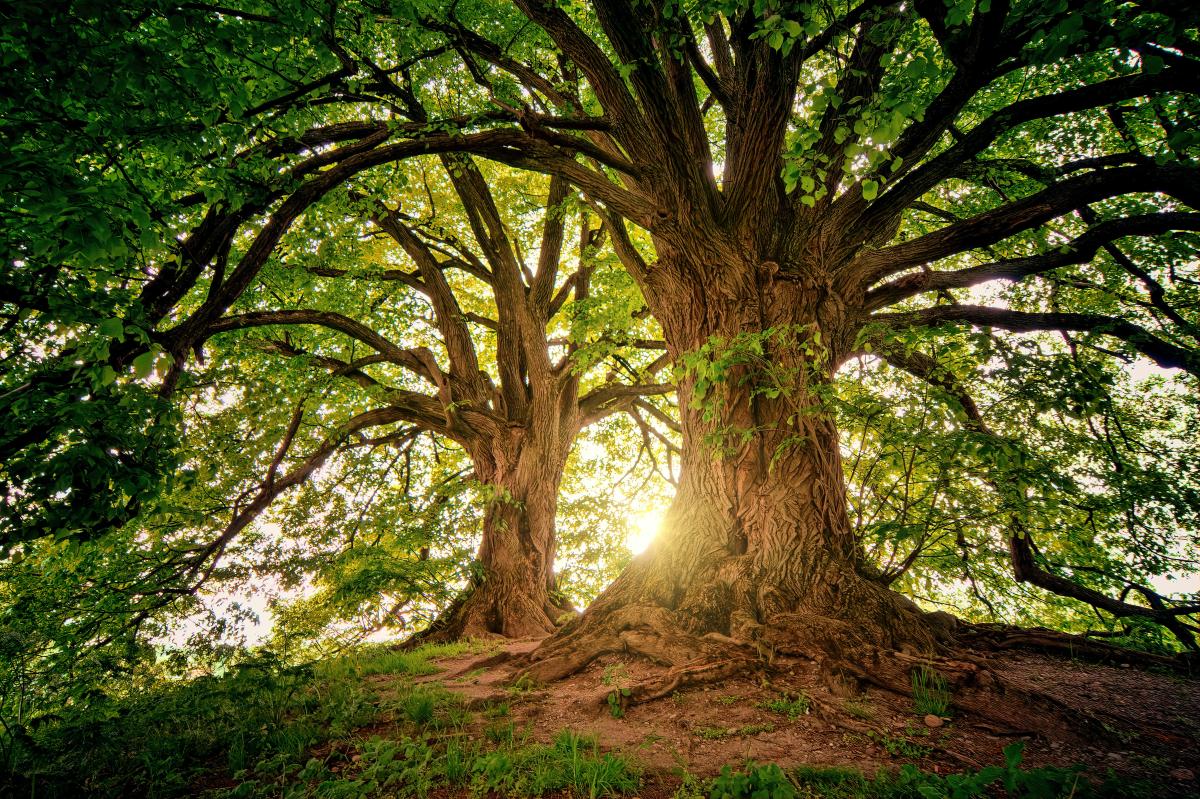
Coding a Garden
by Alexis Wilson
In this engaging 1.5-hour lesson, 3rd-grade students will combine Science, Technology, and English Language Arts (ELA) to create a virtual garden using Code.org. Students will learn the basics of coding through block coding activities and apply their knowledge to simulate plant growth in a virtual environment. They will explore plant biology by understanding what plants need to grow—sunlight, water, and soil—and incorporate these elements into their coded garden models. Additionally, students will write informative texts explaining their virtual gardens, enhancing their writing skills. The lesson aligns with Arizona's Science Standard 3.L1U1.5 and ELA Standard 3.W.2, fostering a comprehensive learning experience. Differentiation strategies ensure all students, including those who may struggle, receive the support they need to succeed.
Lesson Grade Level
3rd GradeLesson Plan Link/URL
https://docs.google.com/presentation/d/1bbqZovitus6uxneu61M5p3GXoJtfi2r-/edit?u…Subject Area
Science Life Science L1: Cells Technology 4. Innovative Designer 6. Creative Communicator Engineering S2: Apply the Engineering Design Process S5: Apply Technology to Engineering English Language Arts (ELA) Writing
Featured
Off
Related Content

Grades:
5th Grade
This hands-on lesson shows how you can use LEGOs (Spike Prime kits) and coding to demonstrate how gravity works and what can be done to counter the gravitational pull.

Grades:
3rd Grade
Third grade students will apply their knowledge of the significance of bee pollination by designing and creating a Wild Bee Hotel in a collaborative group which will incorporate literacy, mathematical

Grades:
5th Grade, 6th Grade, 7th Grade, 8th Grade
In this outstanding lesson, students will apply their knowledge of how natural and human-caused changes to habitats or climate can impact our world in a stop motion film. The lesson covers a Science